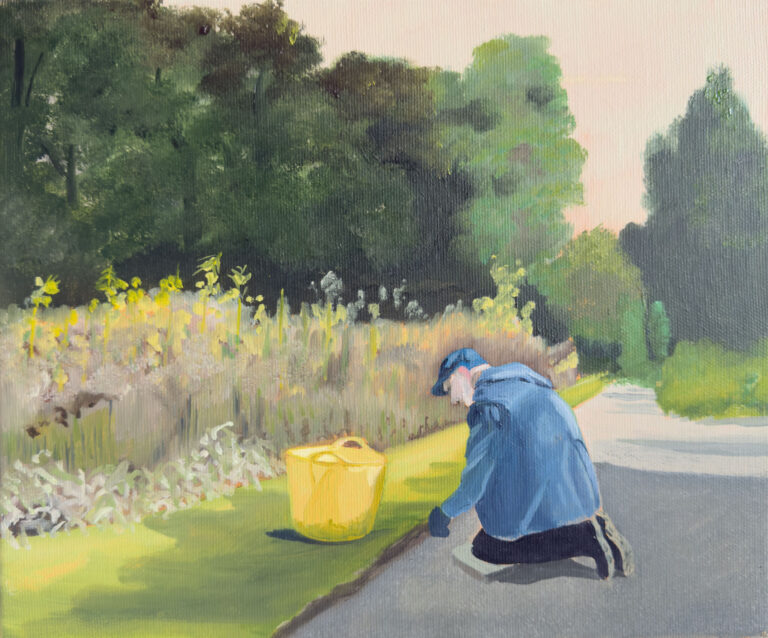There so much happening in the garden in summer that it can often be difficult to decide what to do first!
I’ve set out my top three things to do in July below, but don’t forget, the most important job at this time of year is to sit back occasionally and enjoy the fruits of your labour. So, whether it’s with a good book, a glass of wine, or your nearest and dearest, remember to take time to pause and relax and enjoy the garden in all its summer glory.
Keep on top of your tubs and containers
Your summer containers should be starting to overflow now with flowers, fruits and luscious foliage.
So, you really need to keep your eye on them and ensure they continue to look good right the way throughout the entire rest of the summer.
Watering is key. Even if temperatures aren’t that high, and we get the occasional down pour, pot-bound plants in containers packed full of summer bedding will need checking daily for water or else they’ll droop.
Feeding will help too (as will deadheading and picking over). Use a good balanced plant food for evergreens, like bay trees, something high in potash for flowers and fruits, and a low-nitrogen fertiliser for cacti and succulents, like aloes and agaves.
Cut back early-summer flowering perennials
If you cut back your early summer flowering perennials such as catmint and hardy geraniums you will quite often get a second flush of flowers later in the summer, particularly now as we tend to see a prolonged mild spell as we enter into early autumn.
These early flowering perennials often start to look a bit tatty at this time of year anyway, as the foliage they first grew back in the spring starts to brown as it ages and struggles in the heat of the summer sun. So, it’s well worth tidying them up regardless.
Most plants like these will regrow from basal growth right at the base of the clump where the plant meets the soil. To cut back simply identify this new basal growth and leave it alone but cut back all of the older, longer, growth as low as you can go, exposing the new growth to more air and light which will then grow rapidly and as discussed, often flower again before the season is out.
Give it all a mulch and a water if you can after cutting back and this will only add to the effect and ensure your new growth springs back even quicker.
Plant autumn flowering bulbs
As gardeners so much of our attention is focussed on classic spring flowering bulbs such as daffodils and tulips. Yet, autumn flowering bulbs such as autumn crocus, nerines and sternbergia are absolutely invaluable in the garden and useful for giving you a bit a flowering colour just as much else in the garden is getting ready to go to bed.
The autumn crocus, botanically known as Colchicum, are my favourite and now is a great time to plant them for lovely pink, crocus-like, flowers in September and October.
They look best planted in naturalised drifts under trees or even through your lawn.
Get hold of some dried corms and plant them roughly 10cm deep. They can be quite a large corm and in fact grow huge leaves through the springtime which die down before the flowers arrive.
Do be careful when planting as Colchicum corms are toxic, so it is always best to wear gloves when planting and handling.
Dan Cartwright-Chaouki
Head Gardener
 23°C
23°C





